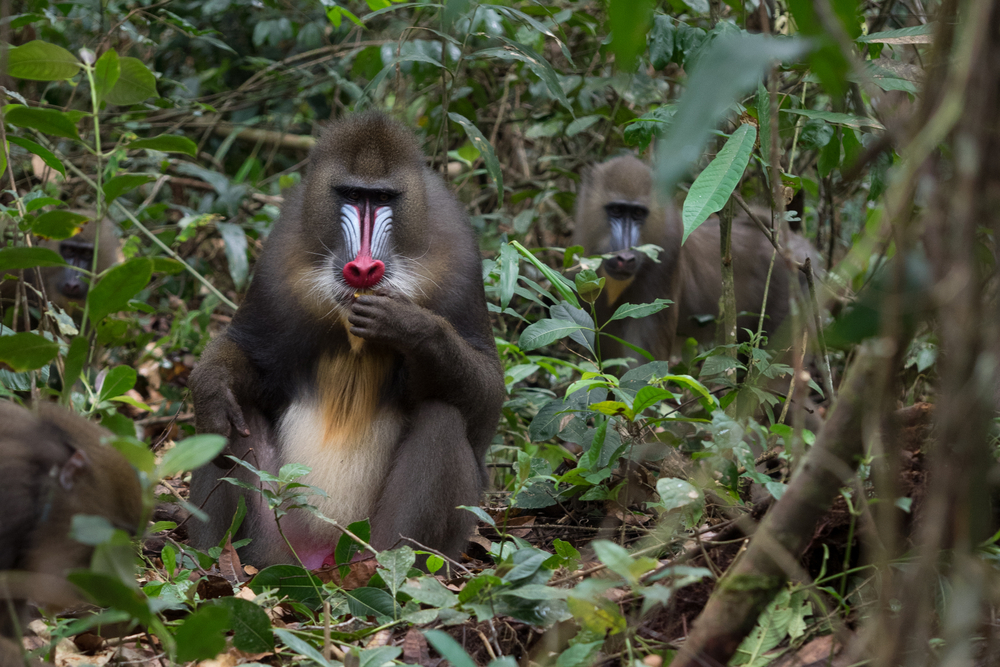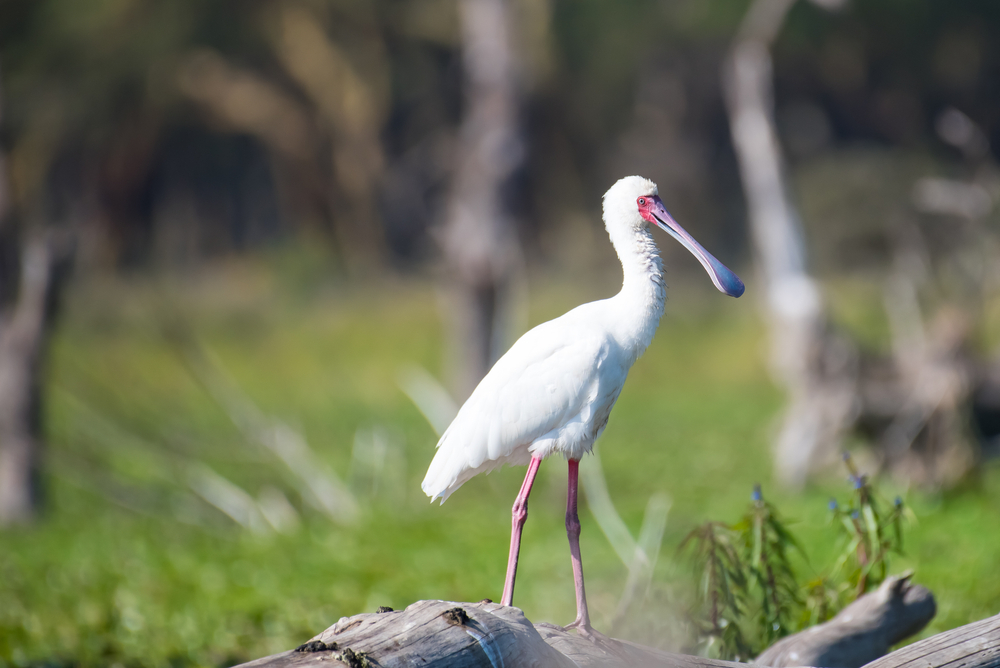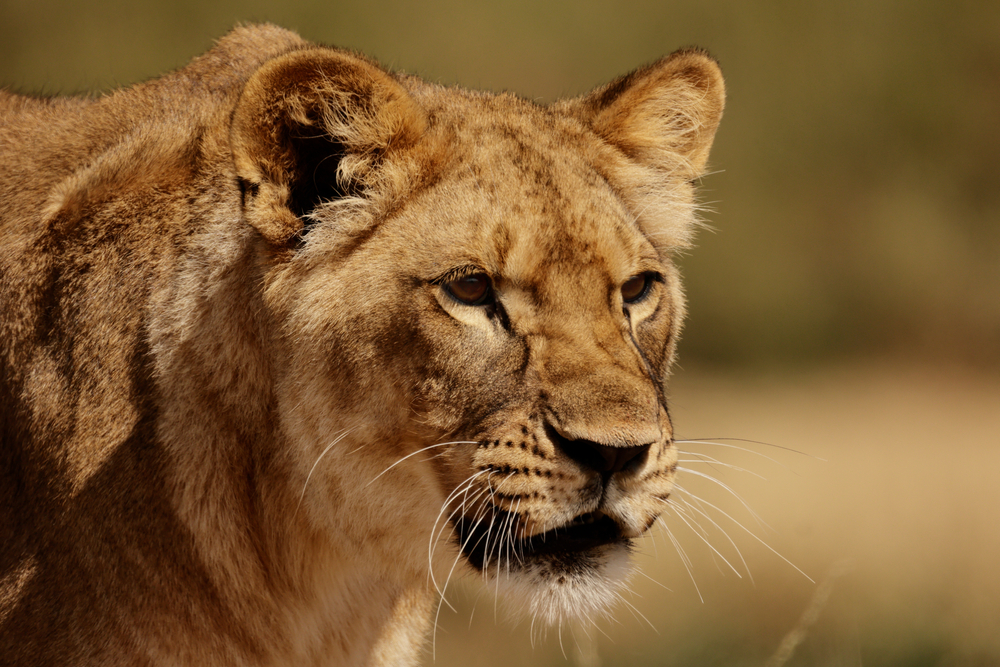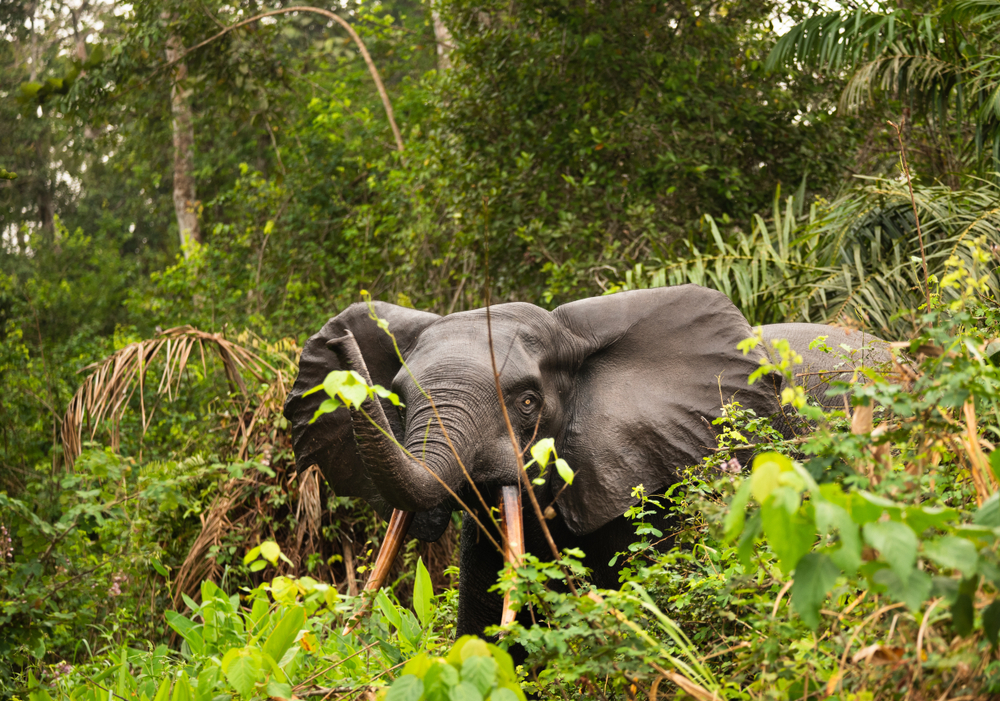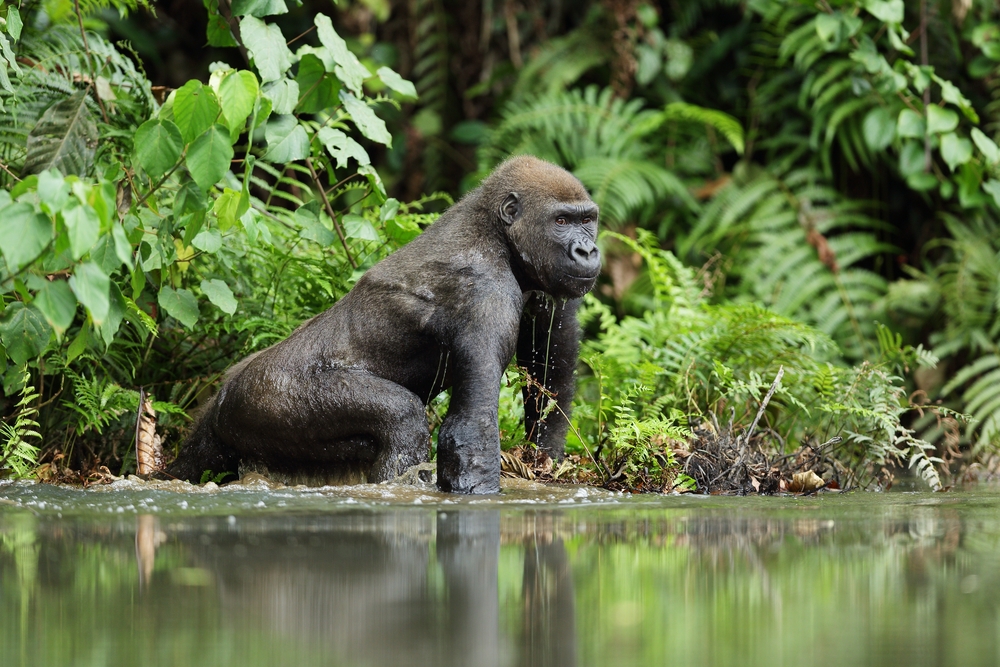Crystal Mountains Overview
Crystal Mountains National Park, locally known as “Parc National des Monts de Cristal”, is one of Gabon’s most breathtaking natural treasures. Located in the northwestern part of the country, the park covers approximately 1,200 square kilometers (463 square miles) and is renowned for its lush tropical rainforests, dramatic waterfalls, and unique granite mountain formations. The park’s biodiversity and ecological importance make it a cornerstone of Gabon’s conservation efforts and a haven for nature enthusiasts.
The terrain of Crystal Mountains National Park is a striking combination of rugged granite peaks, forested hills, and river valleys. These ancient geological formations, rich with crystalline minerals, give the park its evocative name. The park’s diverse landscapes are covered in dense rainforest, which transitions into patches of montane forest at higher elevations. Numerous rivers and streams cascade through the park, creating picturesque waterfalls and nourishing the vibrant ecosystems below.
The park is home to an extraordinary array of wildlife, making it one of Gabon’s most biodiverse areas. Visitors may encounter western lowland gorillas, forest elephants, and a variety of monkey species, including the endangered mandrill. The park’s avian population is equally impressive, with birdwatchers often spotting African grey parrots, hornbills, and the rare grey-necked rockfowl. Crystal Mountains is also a haven for reptiles, amphibians, and insects, many of which are endemic to the region.
Exploring Crystal Mountains National Park offers visitors a range of activities. Guided hikes and treks through the rainforest provide opportunities to immerse oneself in the park’s natural beauty while discovering its flora and fauna. The waterfalls and rivers are ideal spots for photography and relaxation, offering serene settings amidst the wild landscapes. Educational tours led by local guides highlight the park’s ecological significance and its role in Gabon’s conservation strategy.
The park faces several conservation challenges, including habitat loss from logging and agricultural expansion in surrounding areas. Poaching and human-wildlife conflict also pose threats to its iconic species. However, Gabon’s robust commitment to conservation has led to initiatives aimed at addressing these issues. Anti-poaching patrols, habitat restoration programs, and community engagement projects have shown promising results. Partnerships with international conservation organizations further support research and protection efforts.
Crystal Mountains National Park stands as a testament to Gabon’s rich natural heritage and its dedication to preserving biodiversity. Its stunning landscapes, rare wildlife, and ecological significance make it a must-visit destination for eco-tourism and a critical component of global conservation. By continuing to address challenges and promoting sustainable tourism, the park can thrive as a sanctuary for wildlife and a source of pride for Gabon and the world.








































































